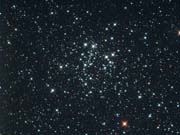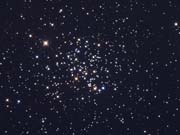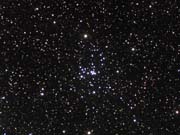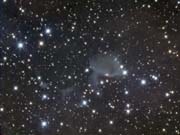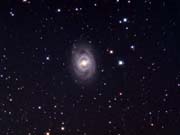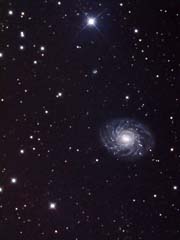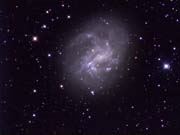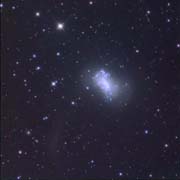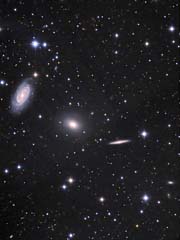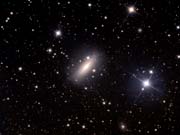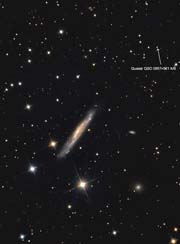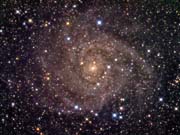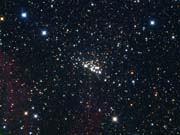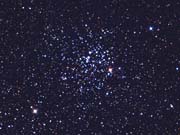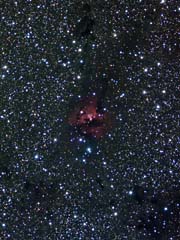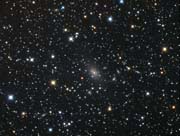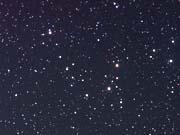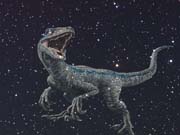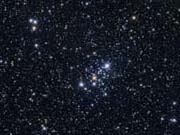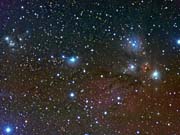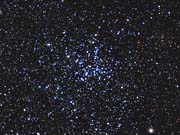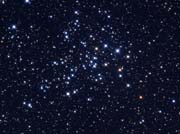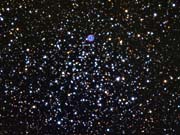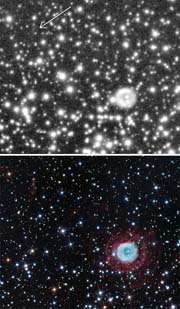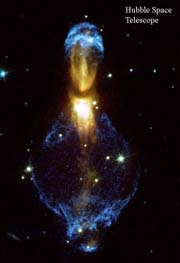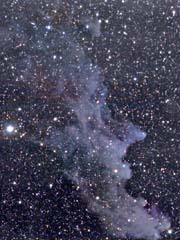The disappointing December weather continued into January with a static cloudy high pressure system sitting over the British Isles. But this eventually cleared with a windy night on 7th January 2019. Despite the wind, I was able to capture King 20, a pretty Open Cluster in Cassiopeia.
QSI 683wsg on RC10 with SX AO unit (which compensated for the gusty conditions, although my Observatory gave good shelter). Luminance 10 x 5 minutes, RGB each 5 x 5 minutes, all unbinned. Larger size
A pity I didn't capture this before Christmas. With enhancements it's a pretty Christmas Tree!
This image along with the enhanced version was published in the January 2020 issue of Astronomy Now
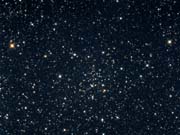
The night remained clear for another couple of hours before clouds returned, so I turned my attention to NGC663, another bright Open Cluster, also in Cassiopeia. Same optics as King 20, Luminance 9 x 5 minutes, RGB each 5 x 5 minutes all unbinned. Larger size
